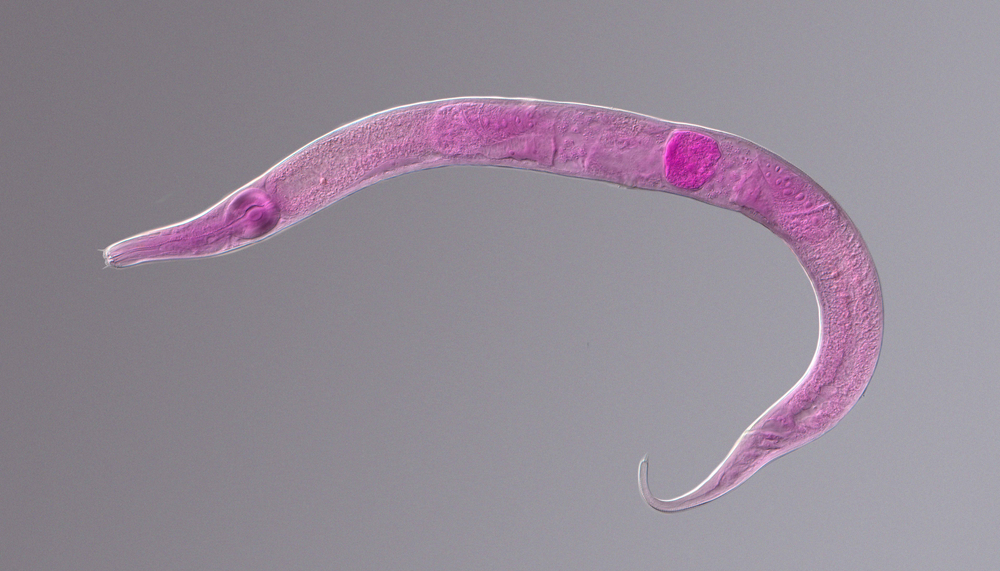Caenorhabditis Elegans

- 13 May 2024
Why is it in the News?
Researchers found that after C. elegans worms ate a disease-causing bacteria, its children knew from birth to avoid making the same mistake.
What is Caenorhabditis Elegans?
- Caenorhabditis elegans is a small, free-living roundworm (nematode) that is widely used as a model organism in various fields of biological research, including genetics, developmental biology, neuroscience, and ageing.
- It was initially discovered in the soil of a nematode-infested plant in the city of Bristol, England, in the early 20th century.
C. elegans has several characteristics that make it an ideal model organism:
- Simple anatomy: The adult hermaphrodite worm consists of precisely 959 cells, allowing for a detailed understanding of its cellular anatomy.
- Rapid life cycle: The worm's life cycle, from fertilized egg to mature adult, takes only about 3 days at 20°C.
- Transparent body: The transparency of its body enables researchers to observe cellular structures and processes directly under a microscope.
- Ease of genetic manipulation: C. elegans is highly responsive to genetic manipulation techniques, facilitating the study of gene function and the effects of mutations.
- Research on C. elegans has led to groundbreaking discoveries, including insights into the molecular basis of cell death, the regulation of gene expression, and the neural basis of behaviour.
- These findings have provided valuable knowledge that can be applied to understanding the biology of more complex organisms, including humans.
What are Nematodes?
- Nematodes are long, thin round worms, so tiny that they can usually only be seen under the microscope.
- Nematodes are incredibly abundant organisms found in various environments worldwide.
- They can be parasites of animals and plants or exist as free-living organisms in soil, freshwater, marine habitats, and even unconventional places like vinegar and beer malts.
- These bilaterally symmetrical creatures are elongated with tapered ends and may possess a pseudocoel, a fluid-filled body cavity.
- Nematodes are ubiquitous, inhabiting diverse ecosystems ranging from deserts and swamps to oceans and even Antarctica.
- In animals, they commonly parasitize organs such as the alimentary, circulatory, and respiratory systems.
